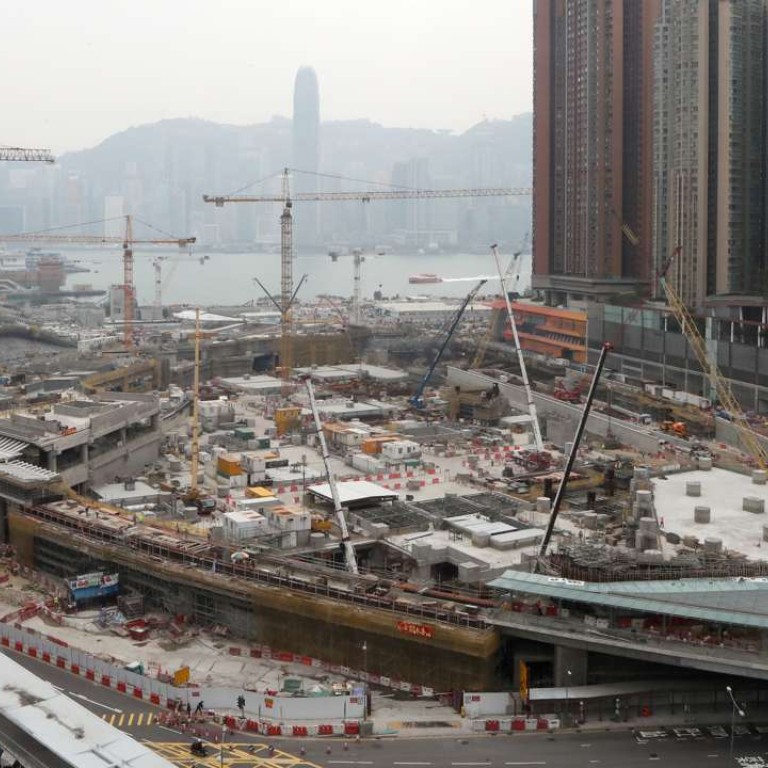
Shenzhen model for joint checkpoint at cross-border railway won’t work in Hong Kong, minister says
But mainland law enforcers will be able to exercise mainland laws in designated areas of West Kowloon station
The arrangement allowing mainland Chinese law enforcers to work at the cross-border express train terminus in Kowloon when it opens next year will not be a direct copy of the joint checkpoints at Shenzhen Bay, Hong Kong’s transport minister said on Saturday.
But Professor Anthony Cheung Bing-leung said the officers would be able to exercise mainland laws within designated areas at the station, although he did not specify the extent of their powers.
The Beijing and Hong Kong governments have still not reached a deal on checkpoint arrangements for the railway, which is scheduled to open in the third quarter of 2018.
Both sides say a joint checkpoint is necessary as having counters on each side of the border would lengthen travel times and defeat the purpose of a high-speed railway. Without a joint checkpoint the 48-minute journey time to Guangzhou on the new line would take at least 30 minutes longer.
But critics warn that allowing mainland officers to exercise immigration controls and security checks will breach the Basic Law, Hong Kong’s mini-constitution, which expressly forbids the exercise of mainland laws in Hong Kong.
“The question we are handling [with mainland authorities] is how the [mainland officers’] exercise of mainland laws in Hong Kong can comply with the spirit of ‘one country, two systems’ and the Basic Law,” Cheung said in a radio programme.
Basic Law Committee vice-chairwoman Elsie Leung Oi-sie has proposed that West Kowloon could follow the “precedent” of co-location at the Shenzhen Bay Port, where the National People’s Congress Standing Committee agreed to a piece of Shenzhen land being leased to Hong Kong authorities exercising Hong Kong laws.
Travellers between Shenzhen and Hong Kong get out of their vehicles in Shekou, Shenzhen, and go through the immigration counters of both sides, metres apart, inside the same building. Hong Kong is authorised to exercise jurisdiction over its own clearance zone, leased to it until 2047.
Cheung, however, said the Shenzhen Bay model could not be directly transplanted. “It is different as it involves the exercise of Hong Kong laws on the mainland.”
He said the final arrangement – which should be ready before the administration of Chief Executive Leung Chun-ying ends on June 30 – has to be vetted by Hong Kong lawmakers but stressed there would be sufficient time for this before the scheduled opening.
“At the end of the day it’s a matter of trust,” he said, citing the lack of public opposition to a local garrison of the People’s Liberation Army. “Sometimes, certain issues are overly politicised.”

